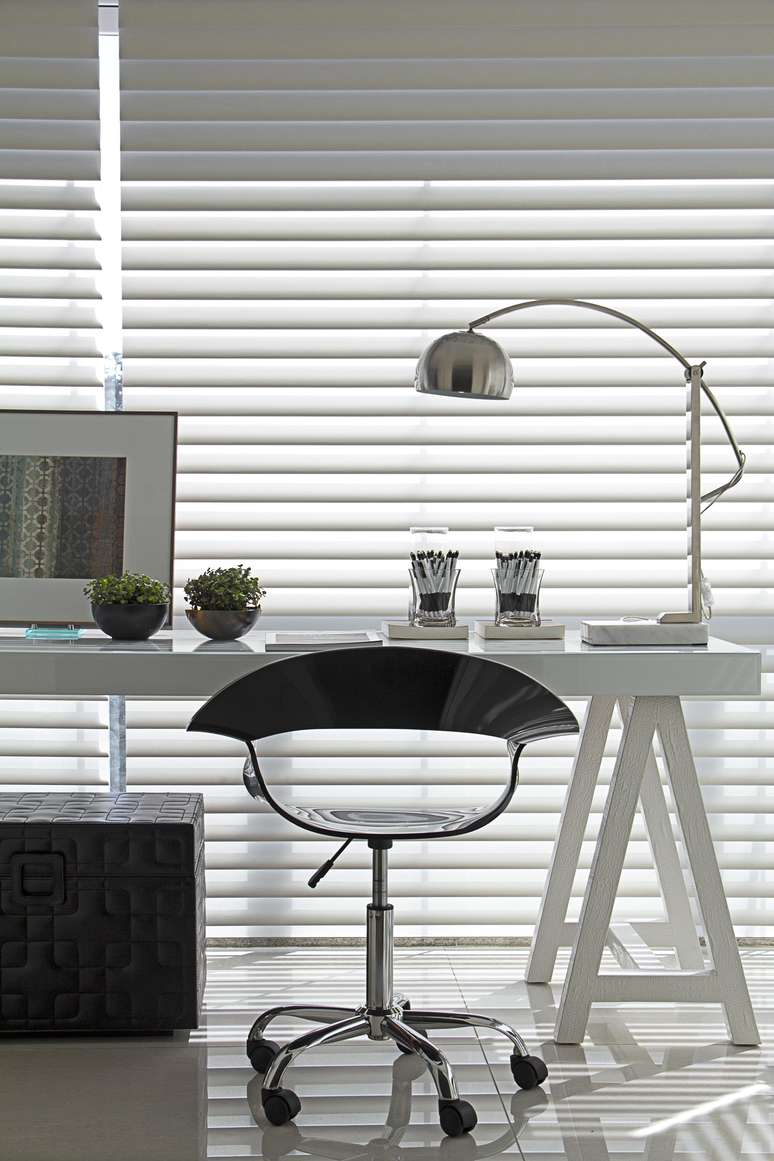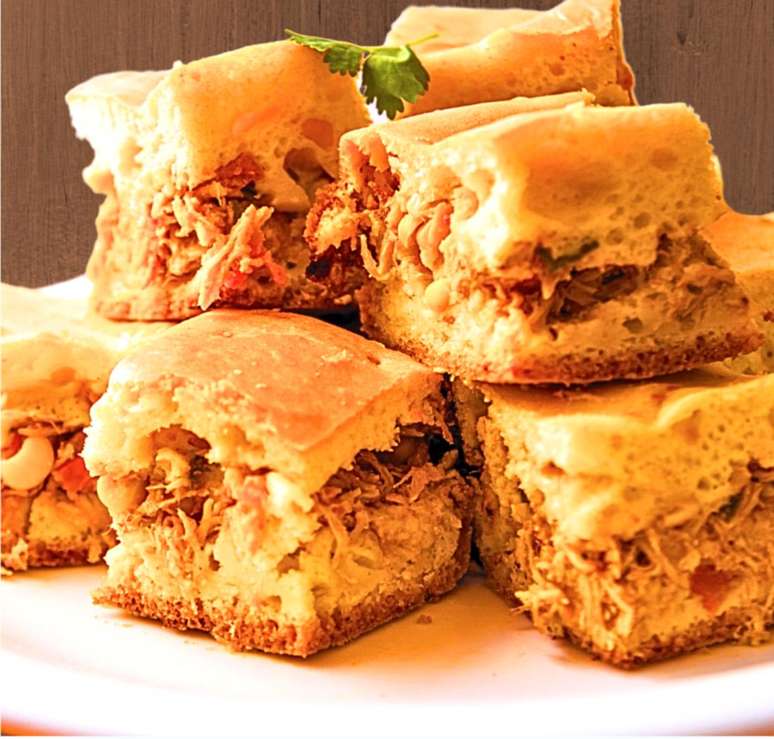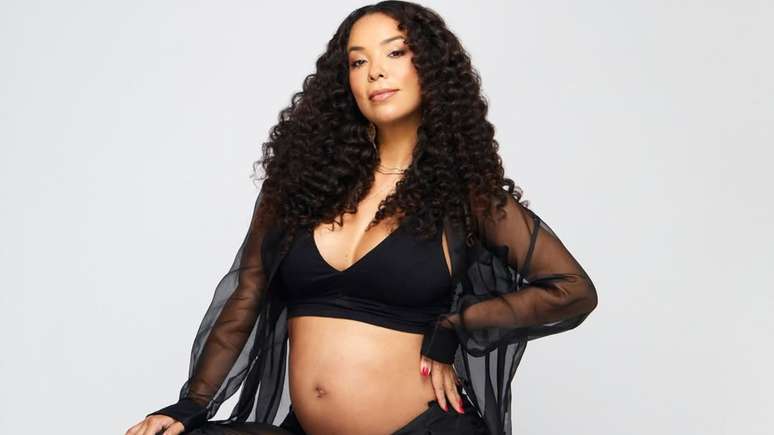Architect Patricia Penna answers all questions about curtains and shutters, pieces that guarantee environmental comfort and aesthetics
Indispensable for the most diverse types of environments and projects, the shutters and curtains must be defined, first of all, on the basis of technical needs of the place where they will be installed. The aesthetic question, of course, must also be linked to definitions.
Both are needed guarantee the privacy of residents inside your home, as well as in corporate environments, for example if installed inside a glass wall, in meeting rooms.
They are also vital to the filtering of sunlight, in all environments where this incidence is excessive and could cause damage to equipment, coverings and furniture. There is therefore a great variety of types, functions and applications of roller shutters and curtains, with the most diverse technical, material and aesthetic characteristics.
Thinking about this variety and its countless possibilities of application in projects, the architect Patricia Penna, by Patricia Penna Architecture and Design, has prepared a dossier to guide the choice based on the characteristics of the decoration and the environment. Follow:
Curtains and shutters: differences
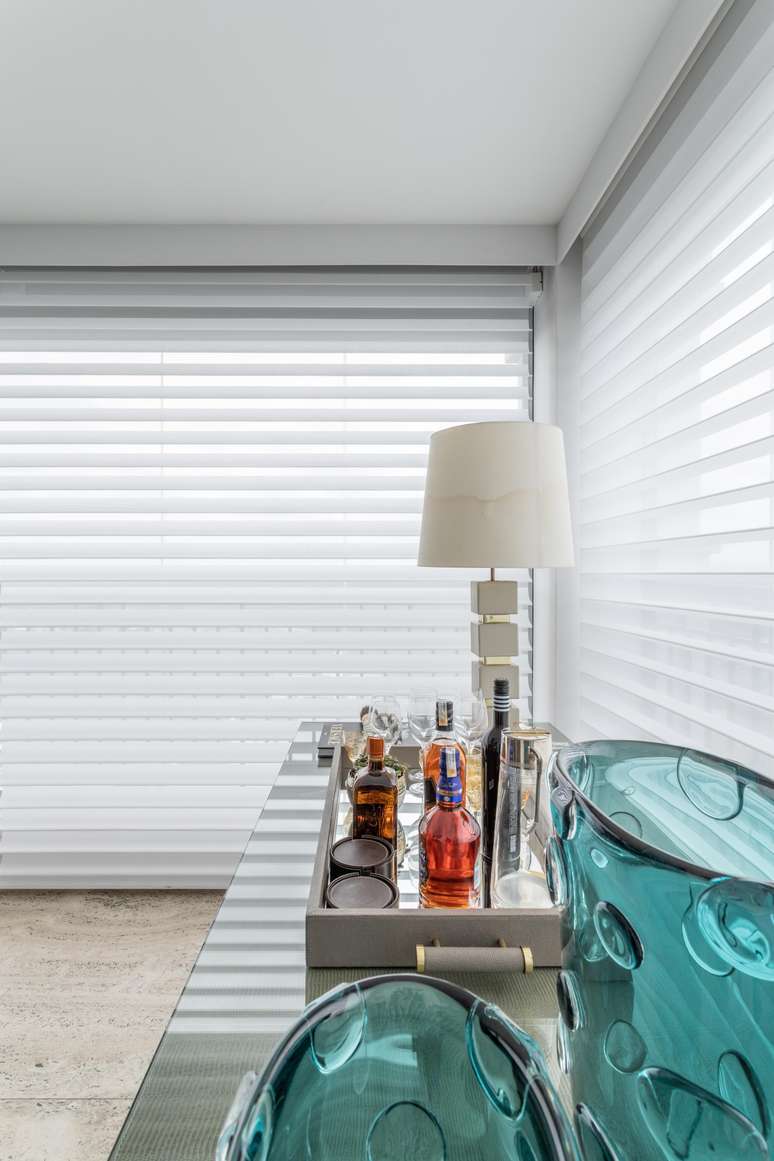
Technically, shutters they are only the models composed of blades, tiltablethrough which we can touch the surface covered by the work – be it a window, a section of wall, etc.
Pieces that do not allow this possibility, that is, that completely prevent contact with the surface they cover, are called curtains.
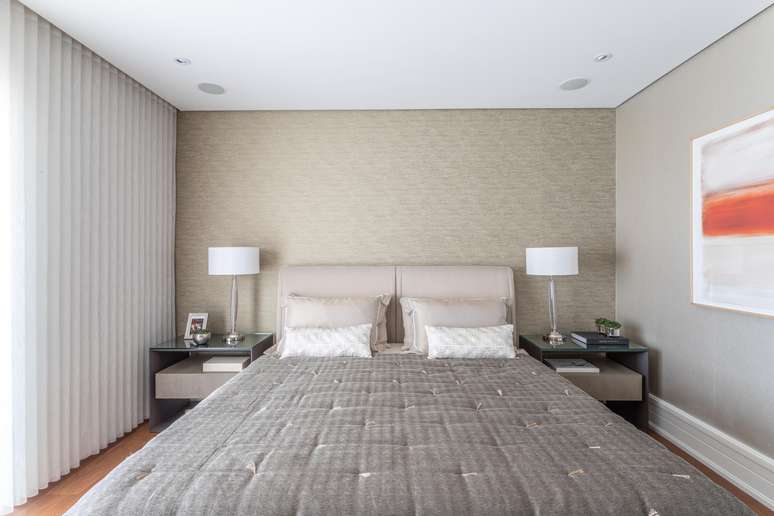
However, “tents” are defined as all pieces that do not resemble a conventional tent and are imbued with some technological aspect.
“Curtains are very versatile, from the types of materials that can be produced, such as wood, metal, technological fabric, among others, to the application they will have,” he explains.
Curtain or Venetian blind: which model to choose?
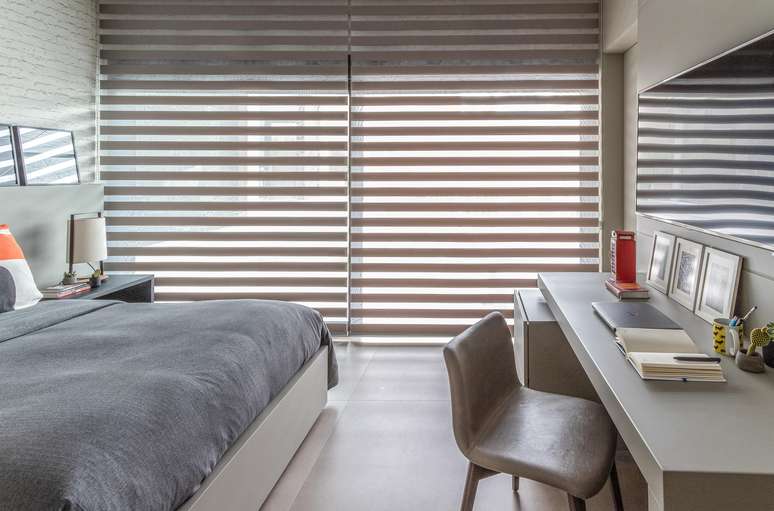
The choice must be made based on needs and activities carried out in each environment. Another aspect to consider is value of the investment.
According to the architect blind models with more elaborate mechanisms will have a higher cost compared to simpler options.
Fabric curtains They also vary in price, depending on the type of fabric, the type of fold and other aspects.
“In general terms, from a practical and technical point of view; Television rooms and rooms need more privacy and protection from sunlight,” he says. “Darkening,” therefore, is imperative.
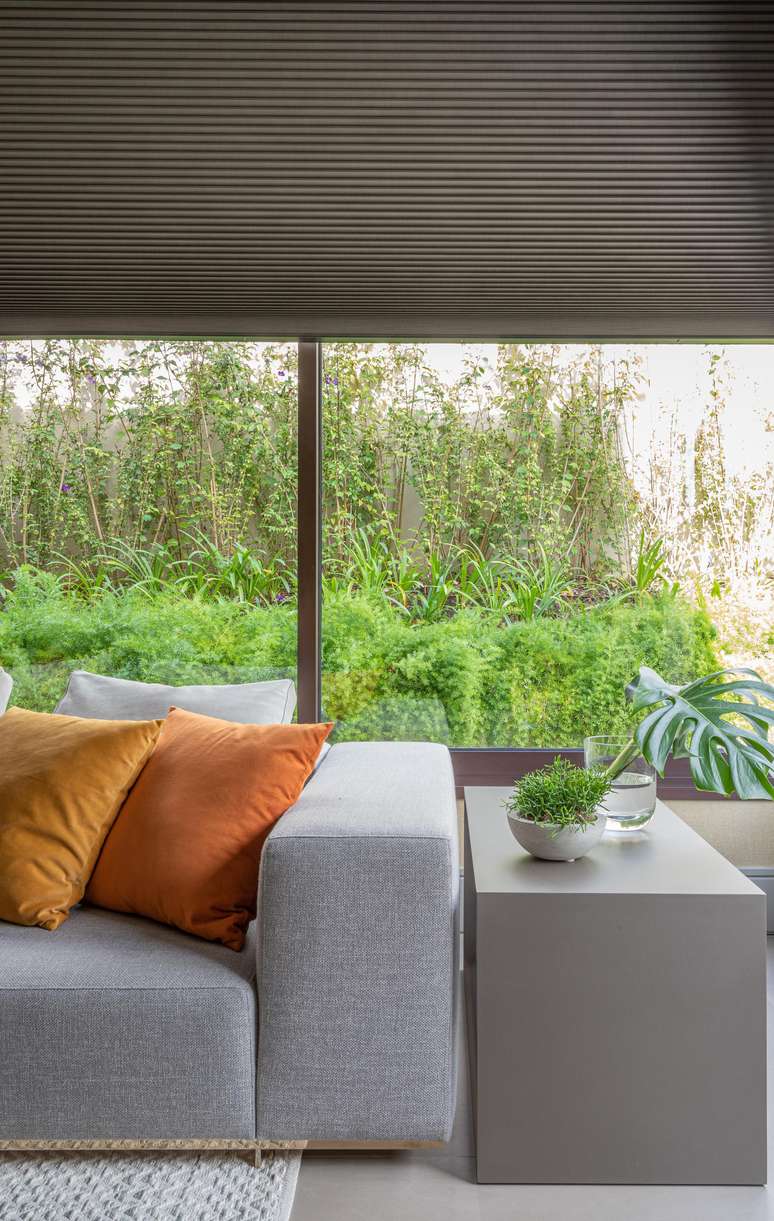
Living rooms, dining rooms and balconies do not require massive light blocking, but as in any other environment they require a good filtering of UV rays, so as to maintain the integrity of the woodwork, furniture, carpets, artwork and even flooring (depending on the type). This filtering also helps greatly reducing the internal temperature to a minimum – good news for your electricity bill!
UV filtering can be done in two ways:
- with the application of a special film applied directly to the glasses,
- through the curtains with fabrics that have been proven to have this function. “Not all curtains are the same, no matter how they look and feel. Natural fabrics such as linen and cotton, or mixed fabrics, do not filter UV rays, but only control the brightness inside the curtain . room.”, explains Patricia.
Types of shutters
Roll
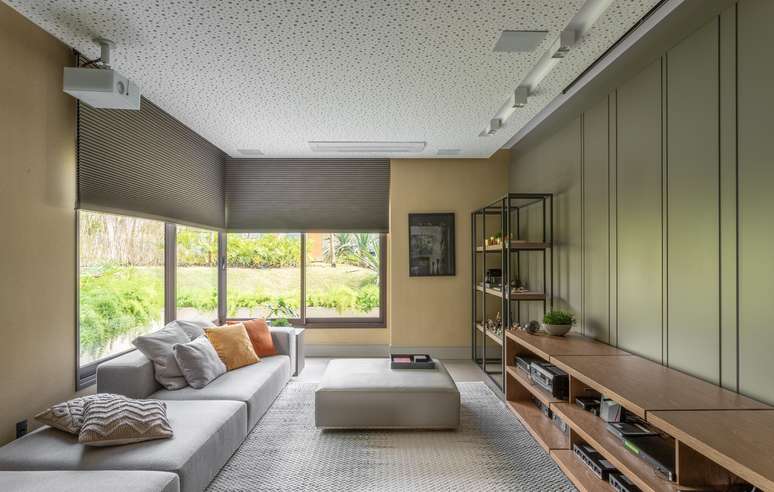
OR Rolo model it is the simplest and consists of a screen (with UV protection or not) which can be retracted or lowered when sun protection is needed. Your cost is the bestamong the curtain models with technical UV filtering function.
Cellular curtains
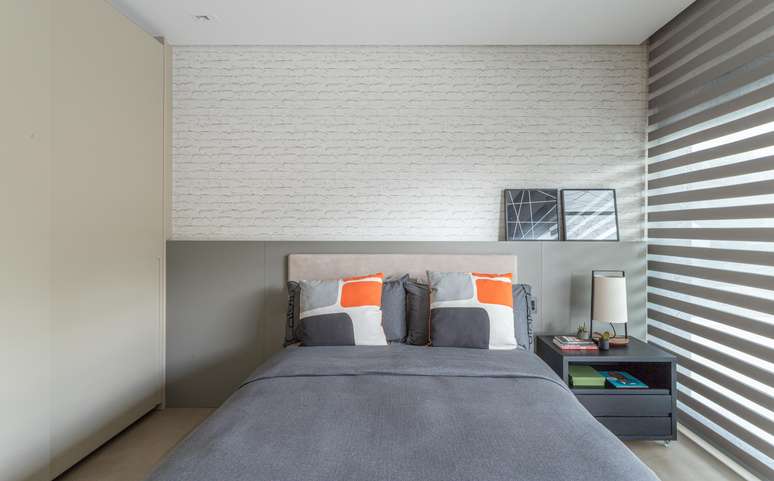
The models of cellular curtainsin addition to providing filtering of light and UV rays, they guarantee improvement of room acoustics. There are also models that allow two colors of fabric: one external and one internal.
Fabric curtains
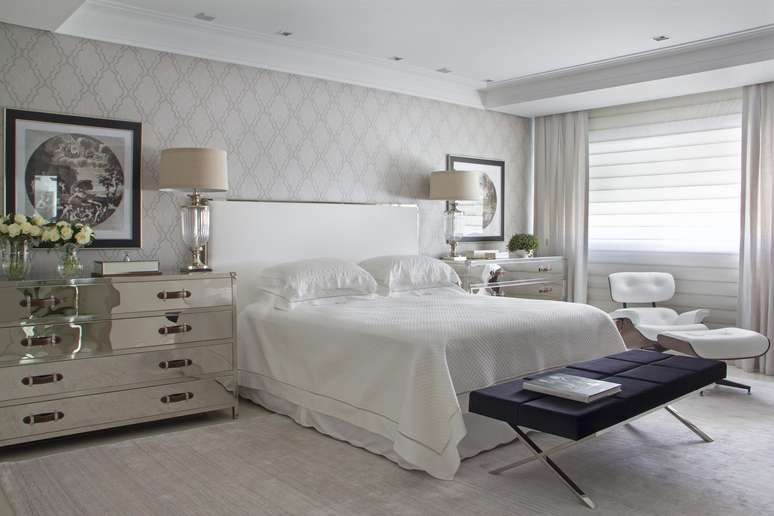
To the fabric curtains They can be applied to spaces in a conventional way or as a complement to technical patterns, as if they were shawls, added on top of another piece.
” Combine curtains with shutters It allows us to play with different colors and textures”, suggests the architect. Alone, they can be applied in spaces with less need for protection and filtering, such as windows or doors with shutters and with less sunlight.
How not to make mistakes with measurements?
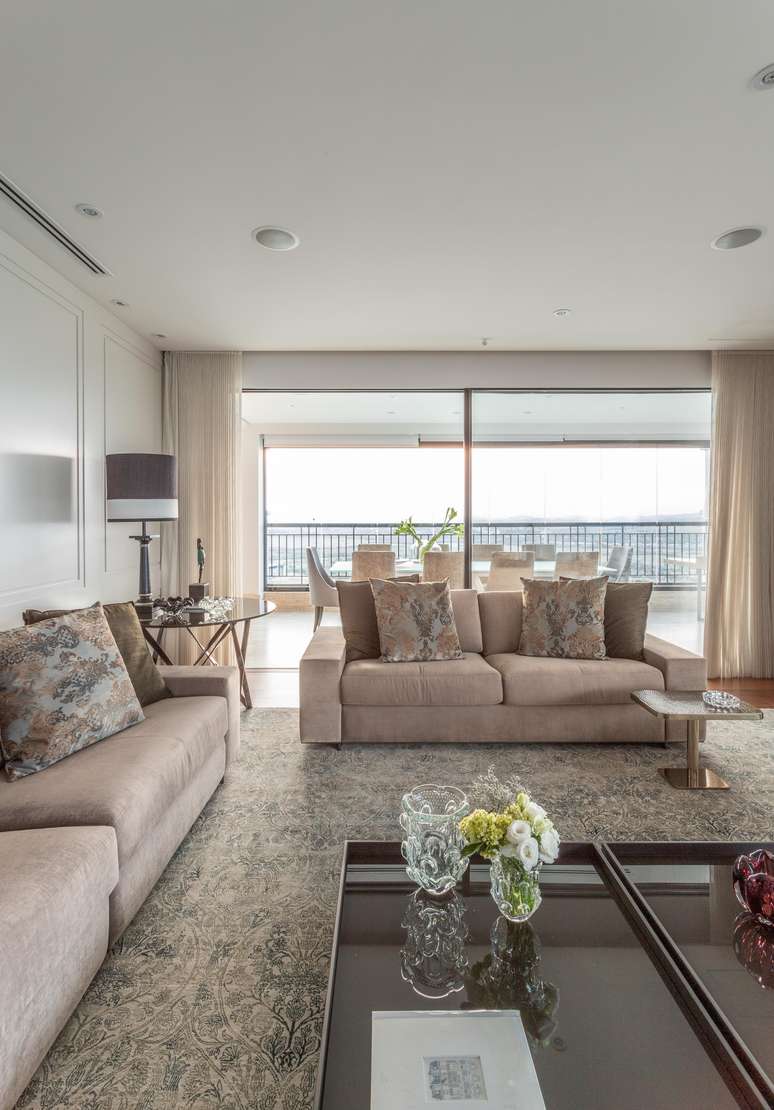
Curtains or shutters can be fixed over windows – under the cladding – or within curtains cut into the cladding itself, creating a cleaner, more contemporary look, as boxes and tracks are hidden.
In order not to get the measurements wrong, the architect invariably explains it it is necessary to consider a margin of 10 cm more, on each side of the awning, on each side of the cavity where they will be installed. Up; can be fixed between 15 and 20 cm above the empty space. In windows the shutters can reach up to the floor or even thereabouts 15cm below the gap.
Is there a right tent for every type of environment?
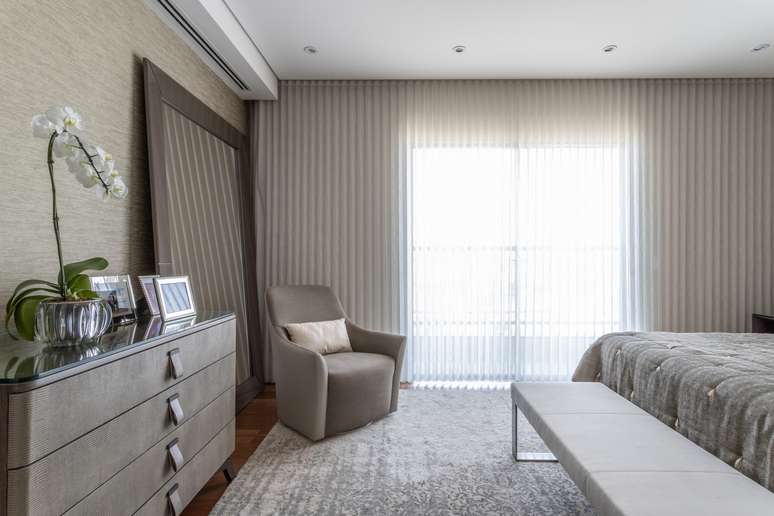
Curtains and roller shutters must absolutely ‘dialogue’ with the aesthetic proposal of the environment in which they will be installed and, obviously, respond to the needs of the place. That said, the professional must seek the best result for the “equation”: function, aesthetics and cost.
Rooms that receive little or no sunlight can have fabric curtains, as the filter function is not necessary and the feeling of “dressing” the windows is always very welcome!
As for convenience and cleanliness; Fabric curtains need to be washed regularly, as the dust suspended in the air gradually begins to permeate the fabric. But pay attention to the type of washingas natural fabrics such as linen and cotton tend to shrink in the wash, leaving the curtain shorter.
Good quality curtains are made from fabrics antistatic treatmentwhich prevents dust from settling on the fabric. Cellular blinds can be cleaned with a vacuum cleaner and dusteras well as the slatted shutters. Their cleaning, after a few years of use, or after a possible accident, can also be carried out professionally.
Source: Terra
Ben Stock is a lifestyle journalist and author at Gossipify. He writes about topics such as health, wellness, travel, food and home decor. He provides practical advice and inspiration to improve well-being, keeps readers up to date with latest lifestyle news and trends, known for his engaging writing style, in-depth analysis and unique perspectives.

